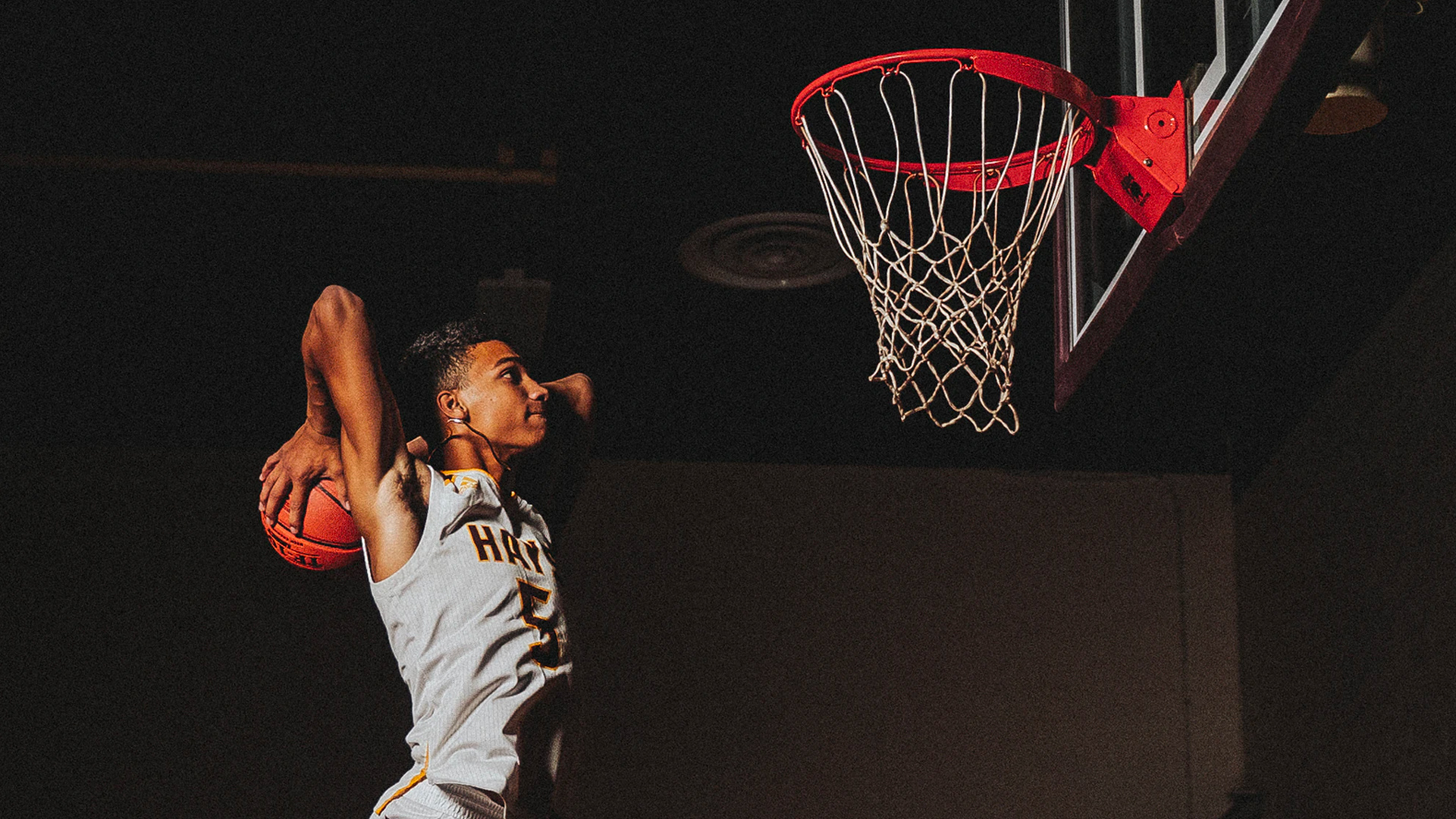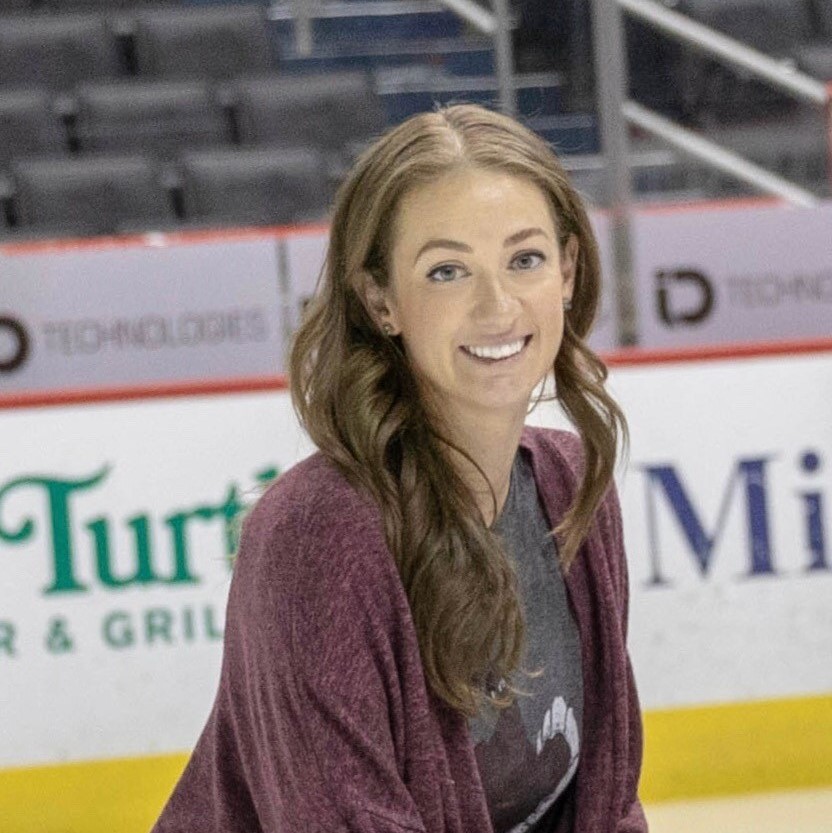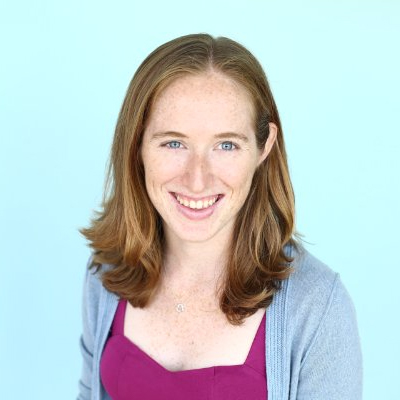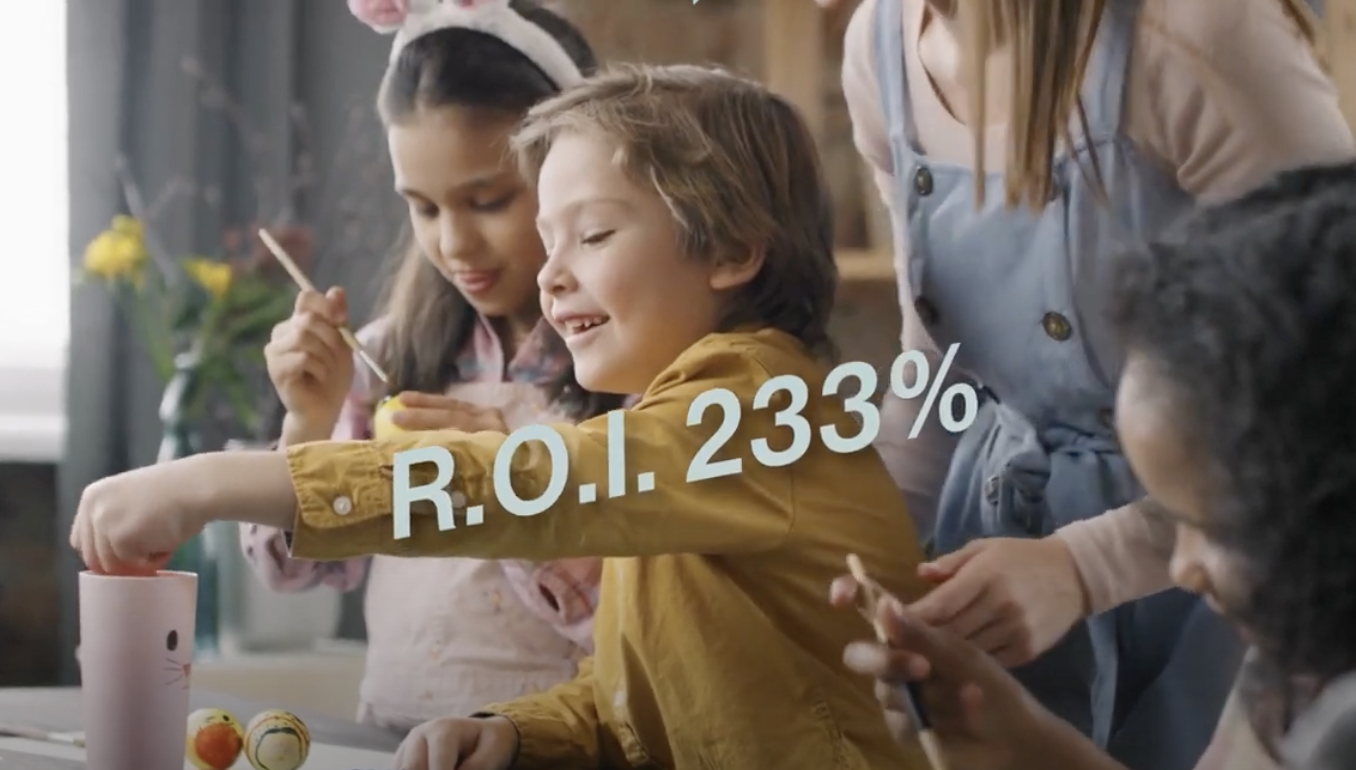NIL stands for Name, Image, Likeness and refers to the rules that restricted college athletes from profiting off their name, image or likeness due to the emphasis on amateurism set forth by the National Collegiate Athletic Association (NCAA), the major governing body of college sports. As of July 1, these rules have changed, creating implications for brands that make college sport part of their marketing mix.

Previously, NIL restrictions often meant student-athletes could not get paid — not only for a share of their jersey sales, sports camps or sports-related sponsorships, but also for sponsored social media content. This was true even for those who were influencers above and beyond their sports affiliation.
This meant that college sports sponsorships were focused on the NCAA (i.e., sponsoring March Madness and other championships), the conferences (such as Pac-12) or a school (such as UCLA). Student-athletes themselves could not be sponsored.
The Rules Have Changed
Starting in 2019, seven states — Alabama, Florida, Georgia, Kentucky, Mississippi, New Mexico and Texas — began passing laws that would override NCAA restrictions and allow college athletes to be paid for their name, image and likeness. These are the laws that went into effect on July 1.
The NCAA, which has been slow to change on this topic, began working with its member institutions and Congress to try to pass a national law, out of fairness and a fear that states with NIL permissions would have a major home court advantage when it comes to recruiting.
On June 30 the NCAA passed interim guidance that stated:
- Individuals can engage in NIL activities that are consistent with the law of the state where the school is located. Colleges and universities may be a resource for state law questions.
- College athletes who attend a school in a state without an NIL law can engage in this type of activity without violating NCAA rules related to name, image and likeness.
- Individuals can use a professional services provider for NIL activities.
- Student-athletes should report NIL activities consistent with state law or school and conference requirements to their school.
Thus began a nationwide shift in the way brands can interact with the college sports landscape.
NIL’s Impact for Brands
So now that brands can sponsor student-athletes, should they? And how can they?
With the flurry of activity beginning immediately, this development marks an important expansion to the influencer marketing discipline. The space provides a great opportunity for endemic sports brands looking to utilize NIL as a long-term relationship building tool with athletes in anticipation of future pro-sports opportunities and to connect with both local and national college sports fans, dependent on athlete and program. But it’s also a great way for non-endemic sports brands looking to utilize popular student-athletes as a way to reach new audiences in hyperlocal markets
In both cases, college athletes are some of the most influential students on campus and can help brands reach college markets. These personalities are often hyperlocal, but with an expanded roster across locations, brands can create the feeling of a national campaign through key markets. Brands are also able to reach specific audiences through these athletes — for local companies, there is a large opportunity to connect with the local community’s culture and pride in a university by partnering with athletes. And non-NCAA sponsors can now work around the NCAA and other college sports institutions to work with these athletes directly, without the hefty fees that might come from a school sponsorship.
Some brands have already hopped onboard, with sports endorsement platform Opendorse, which launched its formal NIL platform at exactly midnight on July 1, through partnering with Twitter to help athletes get paid for social posts. Opendorse facilitated at least 1,000 deals in its first 24 hours.
Naturally, there are risks to consider:
- This is an interim policy. There continue to be questions around the rules and there may be shifts ahead in the landscape. The news announced on June 30 by the NCAA is a piecemeal approach as they continue to work with Congress for a more tenable solution. Especially for DII and DIII (i.e., second- and third-tier) athletes and schools that have fewer resources, navigating these rules and ensuring students continue to comply without guidance from the NCAA may be a burden and lead to non-compliance.
- Brands must remember that college athletes are student-athletes and therefore be mindful to present opportunities and keep expectations realistic to balance their education and athletic bandwidth.
- There is a higher potential for risk when utilizing student-athletes, generally aged 17-22. This age group will vary in maturity, and there will be a mix of student-athletes with representation, a trusted advisory circle or self-management. Brands must remember the college environment and understand that mistakes or missteps throughout the partnership or the student-athlete’s life may happen.
- College athletes may have more local than national appeal depending on their social media impact, and may have a shorter period of recognizability, given that only 2% of college athletes go pro. This speaks more to the type of strategy brands may take than entry into the space itself.
- The process for reporting earnings of NIL and, more importantly, the guidance on financial management to student-athletes is unclear. Jacqueline Dahl (agent to NFL quarterback Patrick Mahomes) said it best: “College athletes, there’s going to be a lot of great advice from a lot of people about #NIL. But one important reminder: You pay taxes now.”
- Policies vary by state and school. As the guidance is currently written, some policies in implementation are at the discretion of the state and the school, so there could be inconsistency across how and when you can activate within your roster of athletes, including timing of posts.
What Are the Next Steps?
Based on years of effort from athletes all the way to the Supreme Court to change the amateur landscape of college athletics, it is clear that the new NIL landscape is here to stay. While news cycles will continue to promote the significance to market partnerships, brands should consider their long game and strategy before diving in head-first.
With Ketchum’s deep expertise in both sports and influencer marketing, we’re happy to help you navigate this exciting new landscape. Reach out to us and we’ll be happy to provide guidance.




